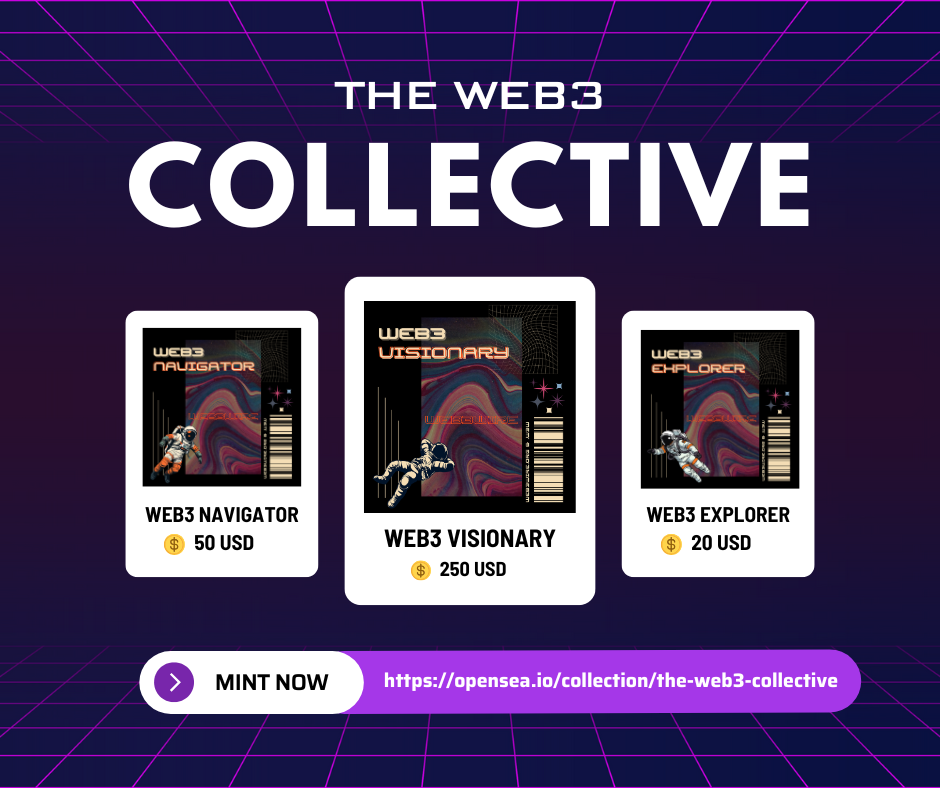
Blockchain Gaming Boom 2024: 421% Surge to 7.4M Active Wallets
The landscape of gaming is evolving, and at the forefront of this change is the innovative world of blockchain gaming. According to a recent report by DappRadar, a significant shift is taking place, with a 421% increase in active blockchain gaming wallets projected to reach 7.4 million by 2024. This unprecedented growth marks a critical moment for the industry and highlights the transformative potential of blockchain technology in the gaming sector.
What is blockchain gaming?
Before delving into the details of the growth statistics, it’s essential to understand what blockchain gaming entails. At its core, blockchain gaming integrates decentralized ledger technology into video games, allowing players to own, trade, and monetize in-game assets independently of traditional gaming platforms. This decentralized approach transforms virtual assets into tangible investments, offering gamers the opportunity to earn real-world value through their digital adventures.
Key Features of Blockchain Gaming
- Decentralized Ownership: Players have complete control over their in-game assets, ranging from skins to virtual real estate.
- Play-to-Earn Models: Gamers earn cryptocurrency or NFTs as they progress, which can often be exchanged for fiat money.
- Interoperability: Assets can be transferred across different games and platforms, increasing flexibility and utility.
Why is blockchain gaming experiencing such a boom?
The rapid growth of blockchain gaming can be attributed to several factors that have reinforced its appeal among both gamers and investors. Understanding these reasons paints a clearer picture of why we’re witnessing such an impressive expansion.
Technological Advancements
New developments in blockchain technology have streamlined processes, making it more accessible for game developers to integrate blockchain into their projects. Innovations in smart contracts and NFT minting have eliminated previous barriers, allowing for seamless implementation and user experience.
Rise of NFTs
The explosive popularity of NFTs has also fueled the blockchain gaming industry. NFTs provide players with unique and verified ownership of digital assets, creating a new dimension of rarity and value. As more players engage with NFTs, the demand for blockchain-based games that offer these assets continues to rise.
Growing Trust in Cryptocurrencies
With increasing adoption of cryptocurrencies globally, more gamers are comfortable with using crypto as a medium of exchange. This growing trust and familiarity have directly impacted blockchain gaming, making it more lucrative and appealing as players can directly convert their in-game earnings into real-world currency.
Diversification of Game Genres
Initially, blockchain games were primarily focused on collectible and trading card games. However, the ecosystem has rapidly diversified, encompassing genres such as RPGs, strategy games, and more. This diversification has expanded the audience base, attracting a wider variety of gamers and driving the surge in active wallets.
Challenges and Opportunities
Despite the meteoric rise, the blockchain gaming industry is not without its challenges. These obstacles present both difficulties and opportunities for growth and innovation.
Scalability and Environmental Concerns
As user numbers swell, maintaining the efficiency and speed of transactions on blockchain networks becomes crucial. Scalability remains a concern, alongside environmental impact due to the energy consumption of some blockchain protocols.
Regulatory Landscapes
Navigating the regulatory frameworks surrounding cryptocurrencies and blockchain technology continues to be a challenge. Regulatory clarity is essential, as it will encourage more investors and developers to enter the space, accelerating growth and adoption.
Market Volatility
The volatile nature of cryptocurrencies can impact the stability and perceived value of in-game assets. Enhancing stabilizing mechanisms and integrating more predictable economic models could alleviate some of the risks associated with this volatility.
The Future of Blockchain Gaming
Looking ahead, blockchain gaming stands at the cusp of a significant evolution. The rise to 7.4 million active wallets signifies more than just growth; it indicates a fundamental shift in how digital gaming landscapes are perceived and monetized. With further advancements in tech and regulatory environments evolving to support blockchain, the potential for blockchain gaming is limitless.
- Integration with the Metaverse: As concepts of the metaverse take shape, blockchain gaming is poised to play a central role in these digital universes.
- Enhanced Player Empowerment: Players will find greater agency, influenced by decentralization and ownership of digital assets.
- Innovations in Game Development: Developers will continue to explore new economic models, narratives, and community-driven projects powered by blockchain.
In conclusion, the blockchain gaming industry is experiencing a remarkable surge that is reshaping the gaming landscape. As it matures, both challenges and opportunities will define its trajectory. However, the foundational principles of ownership, decentralization, and monetization guarantee that blockchain gaming is not just a temporary trend, but a powerful force that’s here to stay.
“`








